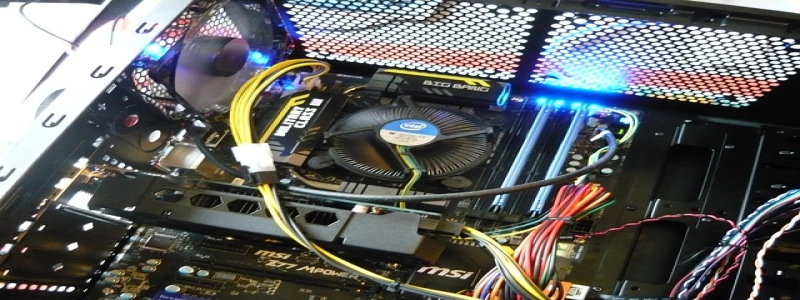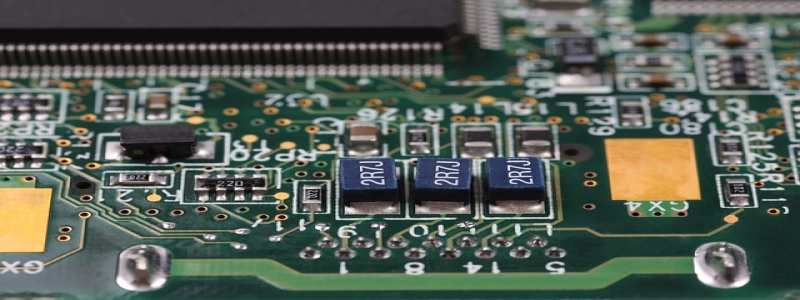Single Mode to Ethernet Media Converter
I. Introduction
In today’s interconnected world, networking has become an essential part of our daily lives. Whether it be in homes, offices, or data centers, the need for efficient and reliable network connections is paramount. One important component that plays a crucial role in network connectivity is the media converter. This article will focus on a specific type of media converter known as the Single Mode to Ethernet Media Converter.
II. What is a Single Mode to Ethernet Media Converter?
A. Definition
A single mode to Ethernet media converter is a device that enables the conversion of signals between single mode fiber optic cables and Ethernet cables.
B. Purpose
The main purpose of a single mode to Ethernet media converter is to extend the reach of Ethernet networks over long distances by leveraging the transmission capabilities of single mode fiber optic cables.
III. How does it work?
A. Signal Conversion
The media converter receives optical signals from the single mode fiber optic cables and converts them into electrical signals compatible with Ethernet cables. Conversely, it can also convert electrical signals from Ethernet cables into optical signals for transmission over single mode fiber optic cables.
B. Transmission Distance
Single mode fiber optic cables have the capability to transmit data over much longer distances compared to traditional Ethernet cables. By utilizing a single mode to Ethernet media converter, network administrators can overcome the distance limitations of Ethernet cables and extend their networks to remote locations.
IV. Key Features
A. Speed and Bandwidth
Single mode to Ethernet media converters support high-speed data transmission and provide ample bandwidth for demanding applications such as video streaming, large data transfers, and VoIP.
B. Compatibility
These media converters are designed to be compatible with various Ethernet standards such as 10/100/1000Mbps, ensuring seamless integration with existing network infrastructure.
C. Flexibility
Single mode to Ethernet media converters offer flexibility in terms of networking configurations. They can be used as standalone devices or mounted on racks, depending on the specific requirements of the network setup.
V. Benefits
A. Cost-Effective Solution
Instead of replacing existing Ethernet infrastructure with expensive fiber optic cables, network administrators can opt for single mode to Ethernet media converters as a cost-effective solution for extending network reach.
B. Versatility
These media converters can be used in a wide range of applications, including telecommunications, data centers, surveillance systems, and industrial environments.
C. Improved Performance
By leveraging the transmission capabilities of single mode fiber optic cables, single mode to Ethernet media converters provide improved performance, reduced latency, and greater signal integrity.
VI. Conclusion
In conclusion, a single mode to Ethernet media converter is a valuable networking tool that enables the extension of Ethernet networks over long distances by converting signals between single mode fiber optic cables and Ethernet cables. With their speed, compatibility, flexibility, and cost-effectiveness, these media converters have become an indispensable component in modern networking solutions. By utilizing single mode to Ethernet media converters, network administrators can ensure efficient and reliable network connectivity in various environments.








